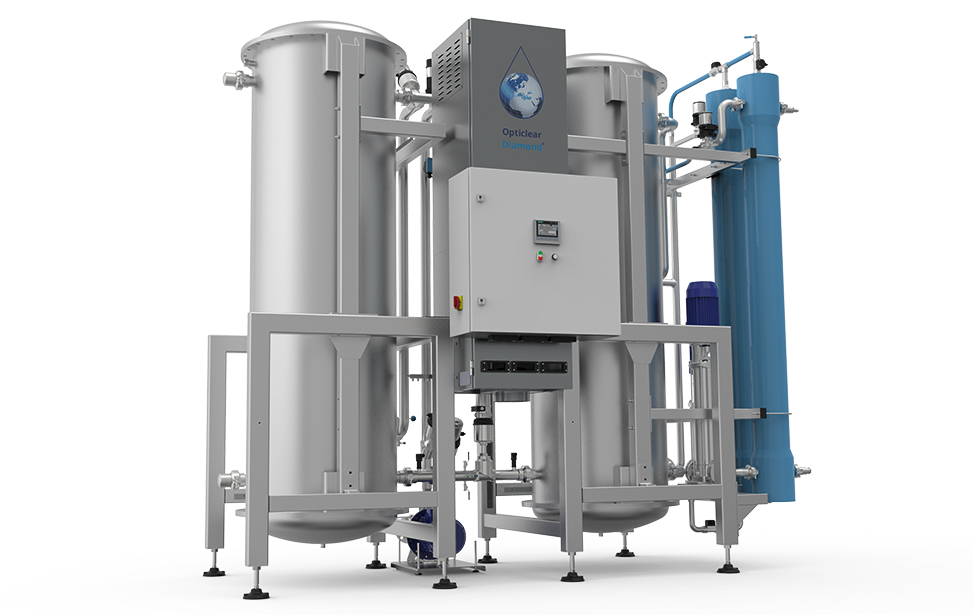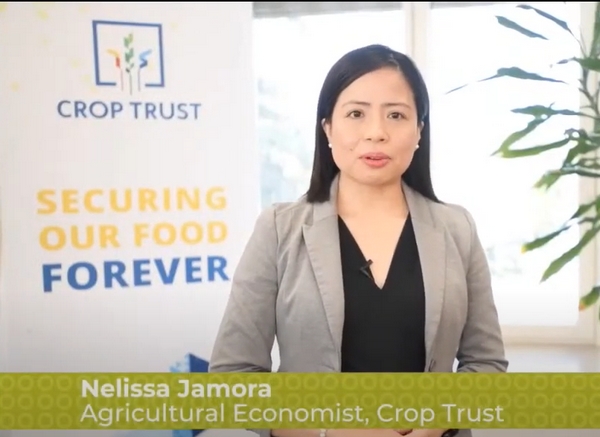Agriculture has always been a weather-dependent industry, but modern advancements in technology are transforming how farmers manage their crops. One of the latest developments in this field is the application of weather forecasting systems for greenhouses, a trend gaining traction in South Korea and globally. These systems are designed to help farmers monitor and predict changes in the greenhouse environment, enabling them to optimize conditions for plant growth without fully converting traditional greenhouses into high-tech smart farms.
The Rising Importance of Smart Greenhouses
At the recent “Korea Agricultural Expo” in Seoul, smart greenhouse technology was a major topic of interest. The event showcased how advanced systems are reshaping agriculture, including automated controls for temperature, humidity, CO2 levels, sunlight, and soil moisture. This technology allows for precise control over the environment, ensuring crops can thrive despite external weather conditions.
Smart greenhouses have become a critical tool in addressing some of the biggest challenges in agriculture: climate change and the aging farming population. In South Korea, the adoption of smart farms remains low, with only 1.4% of greenhouse farmers utilizing smart technology, according to a 2023 report from the Korea International Trade Association. However, with the “Smart Agriculture Promotion and Support Act” enacted in July 2023, the government aims to increase smart farming’s share of agricultural production to 30% by 2027.
The market for smart farming is expected to grow significantly, with the Ministry of Agriculture predicting that South Korea’s smart farm industry will more than double from $240 million in 2020 to $490 million by 2025, representing an annual growth rate of over 15.5%. This growth, however, faces hurdles—especially the high cost of converting traditional greenhouses into fully automated smart facilities.
Weather Forecasting Systems: A Cost-Effective Solution
To bridge this gap, Korean company Daedong is introducing a “Greenhouse Environment Prediction Service” that doesn’t require farmers to overhaul their entire greenhouse system. Instead, this service uses sensors to collect data on temperature, humidity, CO2, and light levels within the greenhouse and compares it with weather forecasts for the region. The system then predicts how the greenhouse environment will change over time, helping farmers adjust conditions proactively.
This solution is already in use in advanced farming countries like the Netherlands and is seen as a practical, cost-effective option for farmers in Korea. Unlike full smart greenhouse systems, which can be expensive to install, this forecasting service can be integrated into existing greenhouses, providing real-time data and predictions without the need for extensive retrofitting.
Daedong has been refining its prediction algorithms for two years, using test beds and extensive environmental data to ensure the system can accurately forecast conditions up to two days in advance. Farmers can use this information to regulate heating, cooling, and misting systems more efficiently, ultimately improving both crop quality and yield.
Pilot Program and Future Expansion
Daedong is piloting this service in South Jeolla Province, targeting strawberry farms, a high-value crop. The trial covers approximately 9,000 pyeong (about 29,700 square meters) of strawberry fields, with early results showing promise in terms of optimizing greenhouse conditions and improving crop outcomes.
In the future, Daedong plans to expand this service by integrating it with agricultural robots and further leveraging big data. The ultimate goal is to develop a fully automated farming model where robots not only monitor crop health but also provide precise interventions based on environmental data.
As South Korea’s agricultural sector continues to evolve, the introduction of greenhouse weather forecasting systems marks a significant step towards precision farming. By making it easier and more affordable for farmers to manage their greenhouses, this technology offers a practical solution to the high costs associated with smart farm adoption. With growing demand for sustainable and efficient farming methods, weather forecasting systems for greenhouses are poised to play a crucial role in the future of agriculture, helping farmers maximize productivity while minimizing costs.










